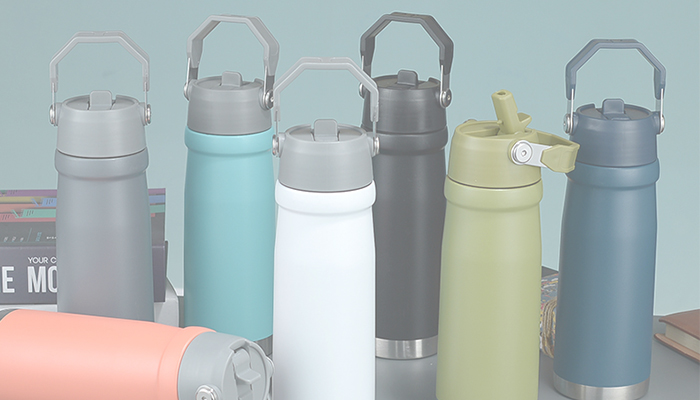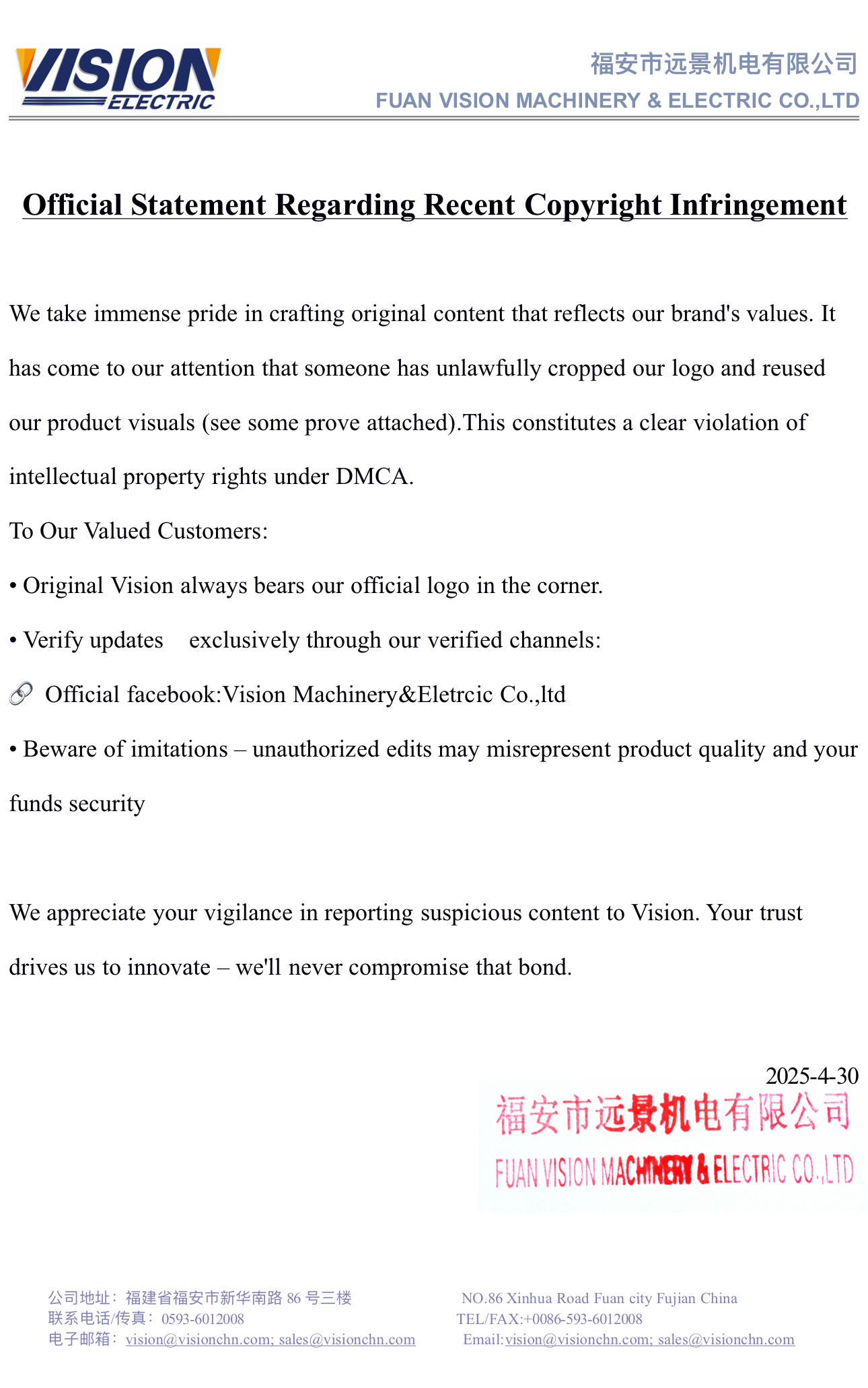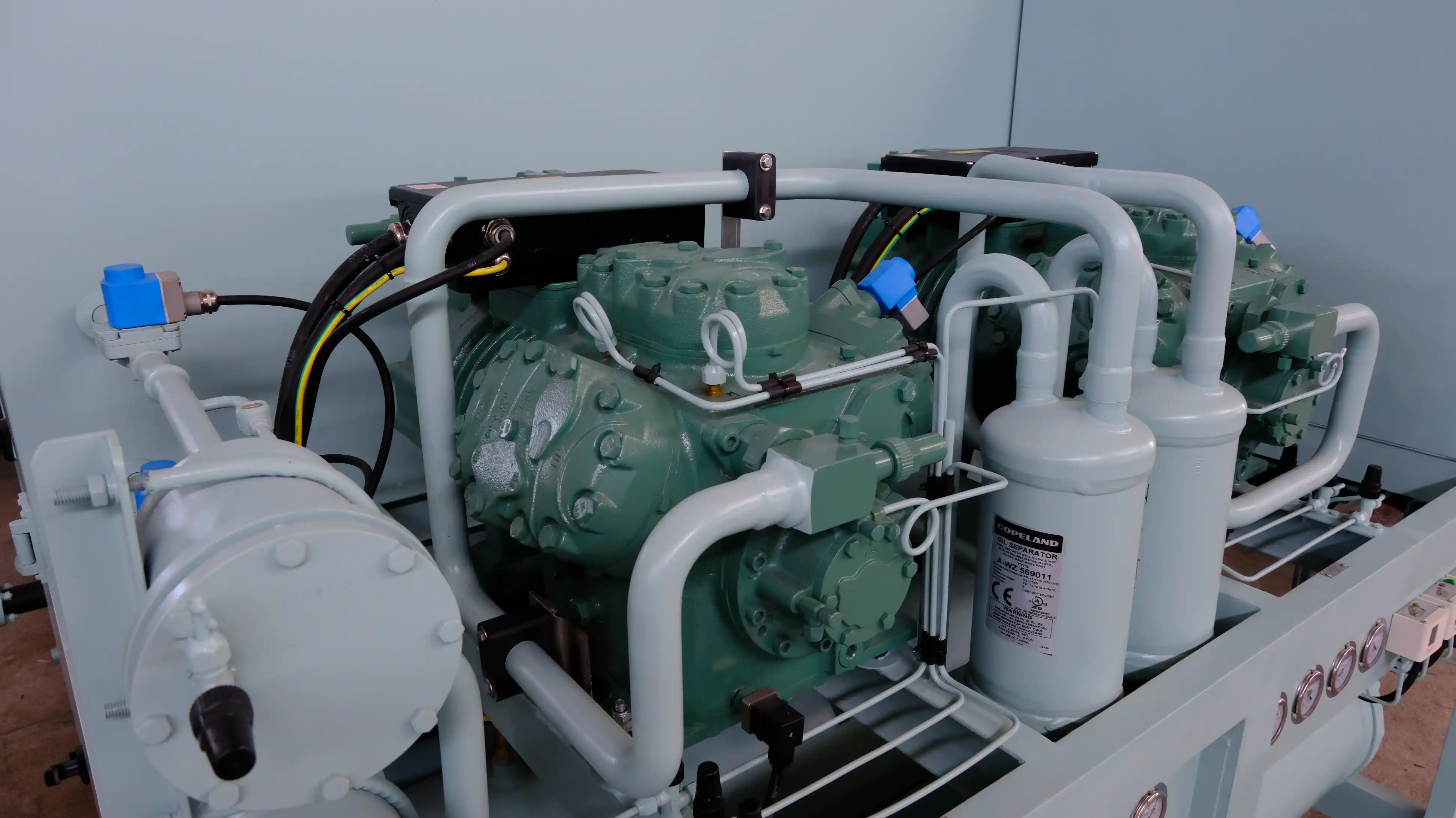When it comes to outdoor applications, whether in fashion, automotive design, or home decor, the longevity of color under the relentless gaze of the sun is a critical consideration. Ultraviolet (UV) radiation, heat, and environmental factors can cause colors to fade over time, leading to aesthetic degradation and, in some cases, structural compromise. This article delves into the science behind color durability in sunlight, exploring which colors last longer and why.
Understanding Color and Light
Colors are perceived based on the wavelengths of light that are reflected by objects. The visible spectrum ranges from violet (short wavelengths) to red (long wavelengths). Each color interacts differently with sunlight, particularly with UV rays, which are responsible for most fading. The fading process is influenced by several factors, including the pigment's chemical structure, the material's surface properties, and the environmental conditions.
The Role of Pigments
Pigments are the key players in color longevity. They can be categorized into two main types: organic and inorganic.
- Organic Pigments: These are carbon-based and often vibrant but tend to be less stable when exposed to UV light. For example, bright reds and yellows, commonly derived from organic compounds, may fade quickly under prolonged sunlight exposure.
- Inorganic Pigments: These pigments, such as titanium dioxide (white), iron oxide (red, yellow, brown), and chromium oxide (green), are generally more stable and resistant to UV degradation. Inorganic pigments reflect UV light more effectively, making them ideal for applications requiring long-lasting color.
Color Durability Rankings
Based on extensive research and practical applications, here’s a breakdown of colors ranked by their durability in sunlight:
- White: Often regarded as the most UV-resistant color, white reflects the majority of sunlight, minimizing heat absorption and fading. This makes it a popular choice for roofing materials and outdoor furniture.
- Black: Surprisingly, black can also be quite durable, but it absorbs heat, which can lead to thermal degradation over time. However, high-quality black pigments can withstand UV exposure better than many lighter colors.
- Green: Dark greens, particularly those made with inorganic pigments, show good resistance to fading. They are commonly used in outdoor applications, such as landscaping and garden furniture.
- Blue: Certain shades of blue, especially those using phthalocyanine blue, exhibit excellent lightfastness. This pigment is often used in automotive paints and outdoor textiles.
- Red: While vibrant, red pigments are often organic and can fade quickly. However, inorganic reds, like iron oxide, offer better longevity.
- Yellow: Similar to red, yellow pigments can be prone to fading, particularly those derived from organic sources. Inorganic yellows, however, provide better durability.
Environmental Factors
While the choice of color and pigment is crucial, environmental factors also play a significant role in color longevity. Factors such as humidity, temperature fluctuations, and exposure to pollutants can accelerate fading. For instance, coastal areas with high salt content in the air can lead to quicker degradation of certain pigments.
Best Practices for Color Longevity
To maximize color durability in outdoor applications, consider the following best practices:
- Choose High-Quality Materials: Invest in products that use high-quality, UV-resistant pigments. Look for labels indicating UV stability or lightfastness ratings.
- Regular Maintenance: Regular cleaning and maintenance can help protect surfaces from environmental damage. For example, applying protective coatings can shield colors from UV rays.
- Strategic Placement: Position items away from direct sunlight whenever possible. For instance, using awnings or shade structures can significantly extend the life of outdoor furniture and decor.
Conclusion
In conclusion, the question of What color lasts longer in sun? is multifaceted, involving the interplay of pigment type, color properties, and environmental conditions. While white and certain inorganic colors tend to offer the best longevity, understanding the specific requirements of your application can guide you in making informed choices. By selecting the right colors and taking proactive measures, you can ensure that your outdoor spaces remain vibrant and visually appealing for years to come.



